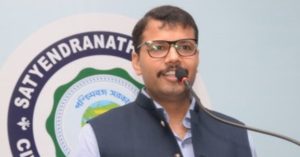Learning From The Cholas, IAS Officer Restores 178 Water Bodies in 3 Months!
From bunds and channels to rainwater harvesting and desilting, IAS Vikranth Raja used ancient practices to solve modern problems!
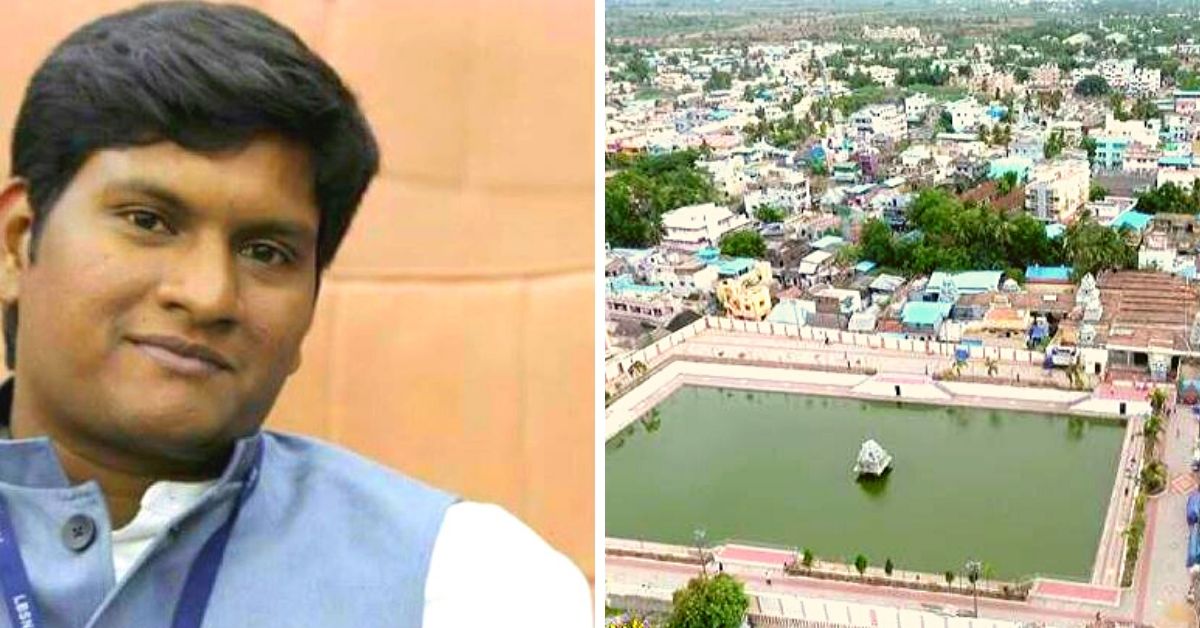
In 2019, Puducherry’s Karaikal district was in the doldrums. Farmers cultivated only one-fifth of their land, a bucket of water meant walking for miles and the groundwater level went down from 200 to 300 feet due to overuse. Life, indeed, was hard.
“Consequent to the deficient and uneven distribution of rainfall and inadequate receipt of Cauvery river water, the town is officially declared a drought-affected region.”
When the Kairaikal administration made this announcement, the plight became real, more tangible and dismay ran rampant through the village.
For District Collector, Vikranth Raja, the real test of leadership was now.
Instead of merely extending his sympathies and resorting to the blame-game, he brought a series of changes to quench the thirst of the parched land and its people. And interestingly, his inspiration came from the ideas implemented by the 9th Century Chola Dynasty!
Raja launched the ‘Nam Neer’ (Our Water) project under which of the 450 polluted, damaged and dried up water bodies, 178 were desilted and revived in three months.

True to its name, this project was carried out with the collective efforts of the locals, educational institutes, temple authorities, corporates and government officials.
And this is how he did it.
Going Back to Roots: Taking Lessons from the Chola Dynasty

There was a time when Karaikal flourished with over 400 water reservoirs under the Chola dynasty. Their extensive knowledge of flood management kept the Cauvery water from overflowing into agriculture fields. The engineers under the Chola rulers created an excellent network of channels and bunds that conserved rainwater, thus ensuring abundant water for the subjects.
Raja never fathomed that a piece of history that once fascinated him in school, would have to be revived in the region he was posted in as a District Collector (DC).
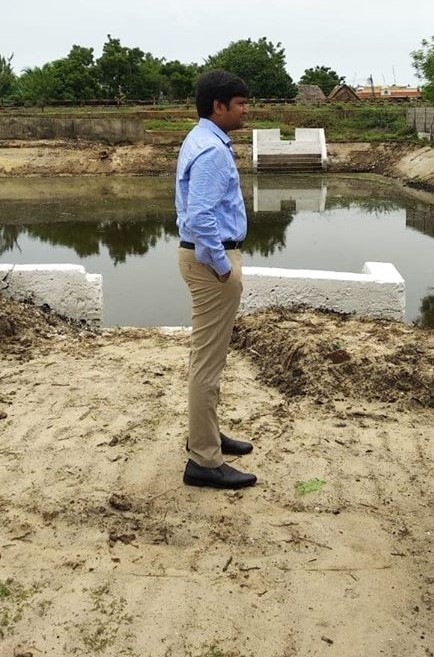
“Being a native of Tamil Nadu, I have heard enough stories about places like Karaikal being called ‘The Rice Bowl’ for its agricultural activities and meticulous and rational planning of water resources in the delta region of river Cauvery. We turned towards ancient practices to solve modern places,” says the 29-year-old in a conversation with The Better India (TBI).
Practice What You Preach
With their dependence on the monsoons and the Cauvery River, erratic monsoons and the resulting drought broke Karaikal’s back.
In addition to this, the problem of the polluted water bodies and encroachments needed immediate attention.
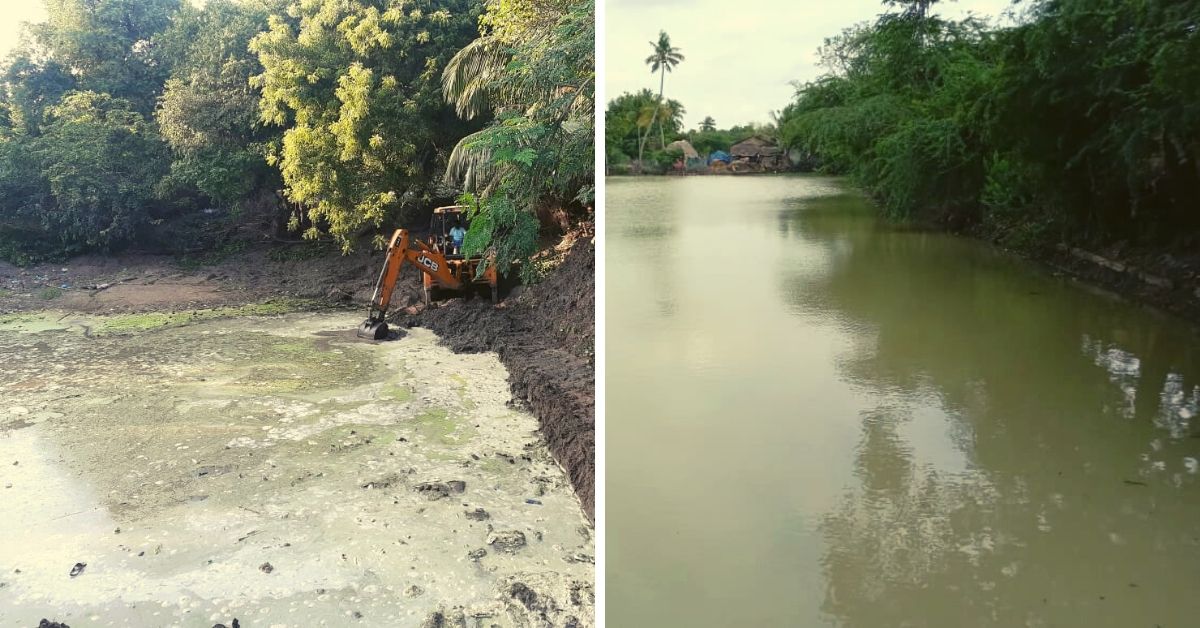
“When people depended on the pond, they took care of it. When the wells came up, they forgot about the ponds. When hand pumps came, wells were neglected. When piped water supply arrived, all those hand pumps saw neglect. Depleting groundwater levels and dying water bodies are a consequence of neglect,” explains S. Baskaran, Deputy Collector (Disaster Management), Karaikal.
Instead of preaching, Raja believed in practical on groundwork. He introduced a concept called Employee Social Responsibility (ESR) to rope in government officials in pond revival.
Raja and his team began with the pond attached to Karaikal’s famous temple, Thirunallaru. In less than three weeks they had the pond desilted.

“The process managed to gather attention from both officials from other departments like Forest, Public Works and the general public. It was like a ripple effect as after this close to 35 ponds were beautified by government officials,” confirms Raja.
Along with desilting water bodies, Raja launched a massive one-month awareness drive requesting people and corporations to volunteer for the programme.
“Public participation is the key to protecting the environment. We need to help villagers understand that these resources are their own. Nam Neer programme was instrumental in spreading this message across the district and other regions,” M. Adharsh, Deputy Collector (Revenue), Karaikal tells TBI.
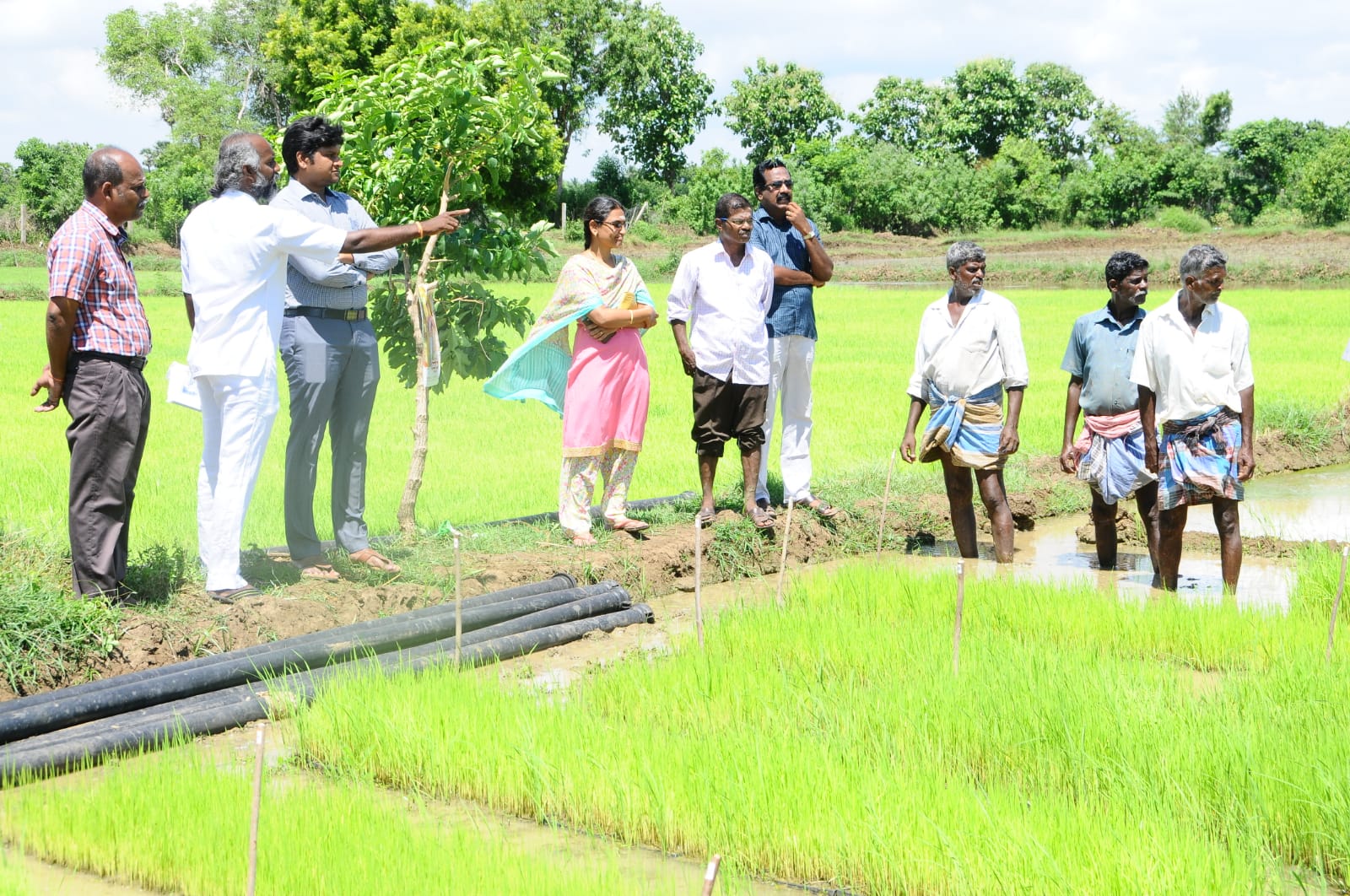
Furthermore, under the MGNREGA scheme, every village was asked to revive one pond. This drive saw a massive restoration of 85 ponds.
Since a significant number of dried ponds are attached to temples or come under their jurisdiction, the temple authorities were asked to use temple funds to clean the ponds. The efforts translated into revival of around 30 ponds.
Also, through CSR support, as many as 20 ponds and 80.91 km stretch of major canals were desilted. This facilitated the easy flow of water from the Cauvery River to agricultural fields. In most cases, there was no money involved. People and organisations preferred to offer free services or materials.
Another interesting way to incentivise locals was presenting a clean pond as a gift to their movie idols or even loved ones.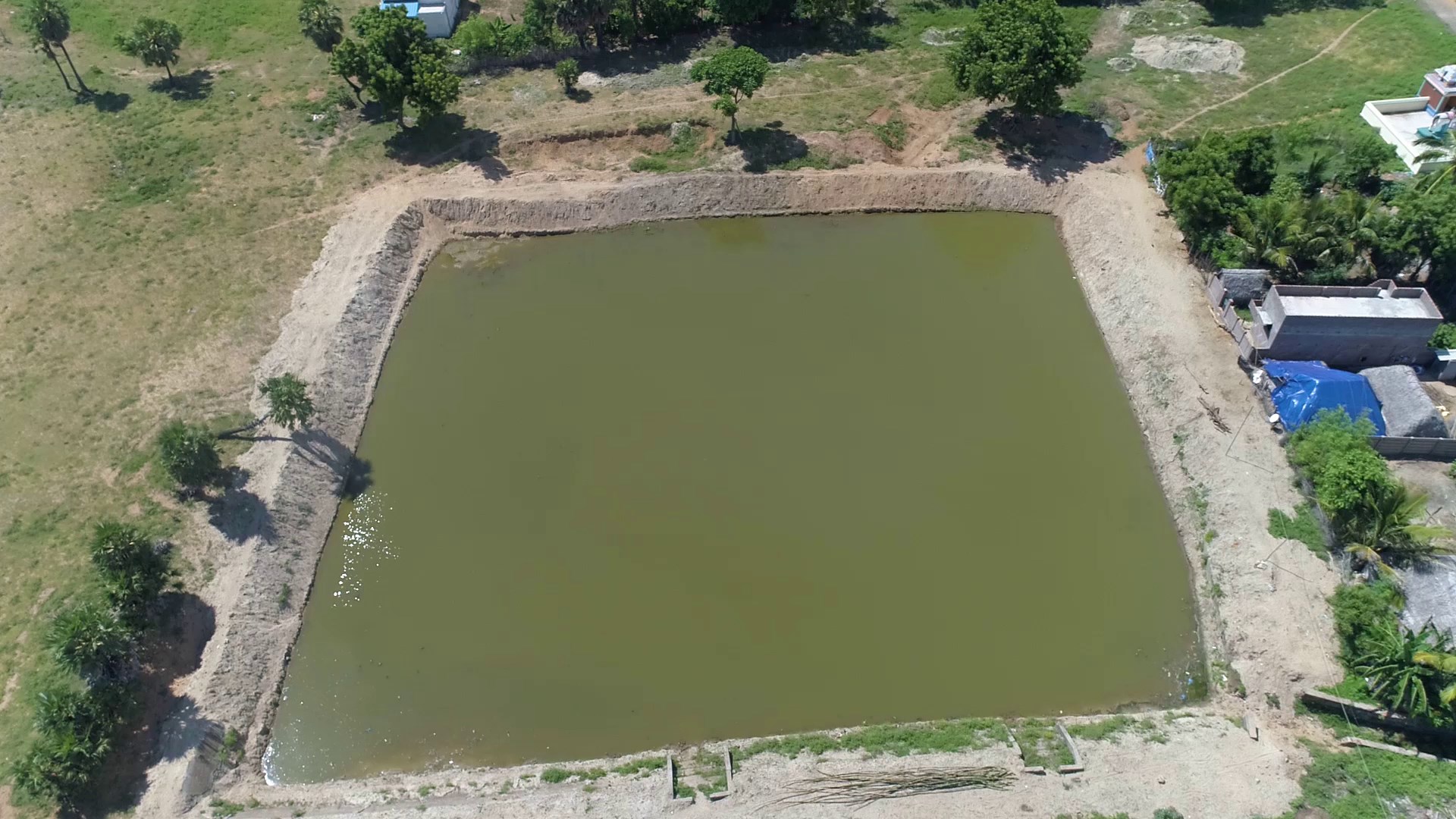
Considering the kind of fandom and followers the movie actors enjoy, people often spend money on banners or posters to wish their favourite actors on their birthdays.
“We invited people to clean the pond as a means to wish their favourites actors, family or friends. We received an overwhelming response and one of the noblest acts was a bunch of students who cleaned a pond for their professor’s birthday,” he says.
People either manually desilted ponds or rented JCBs to remove all the waste and excessive soil accumulated in water bodies.
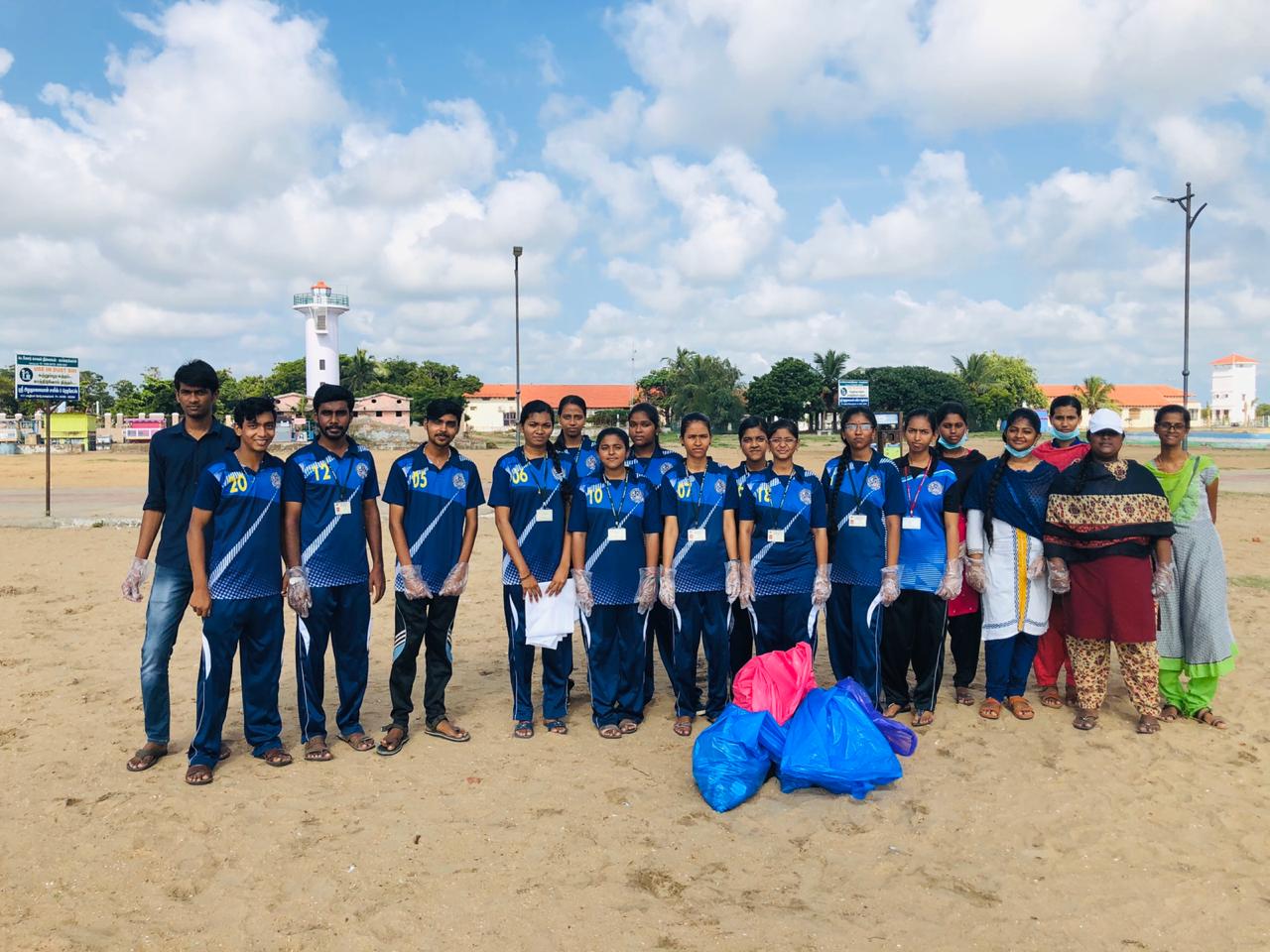
The collected sand was repurposed to either fill up low lying areas or to create bunds to retain water in ponds. Meanwhile, all the waste removed was transported to the local landfill.
As for encroachments, locals residing on the river bank were asked to vacate the land they had occupied to extend their backyard.
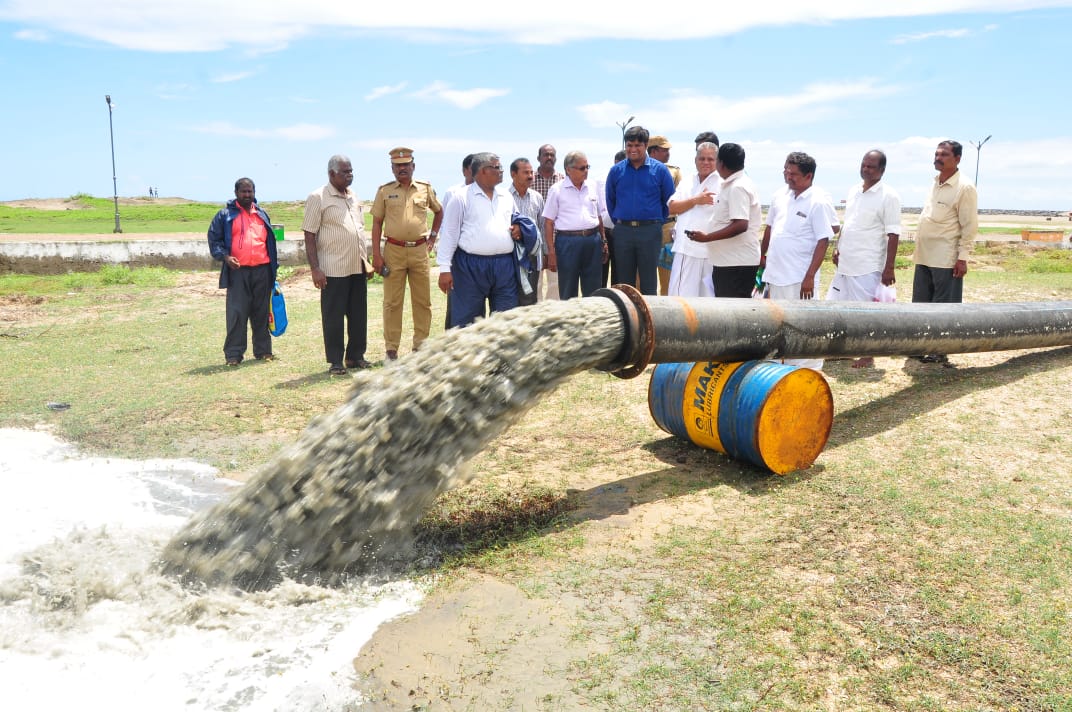
Additionally, a provision in the form of a new sewage pipeline connection was given to households that sent their waste directly into the river.
To further beautify areas surrounding water bodies, 25,000 saplings were planted by all the stakeholders who were an active part of the desilting process.
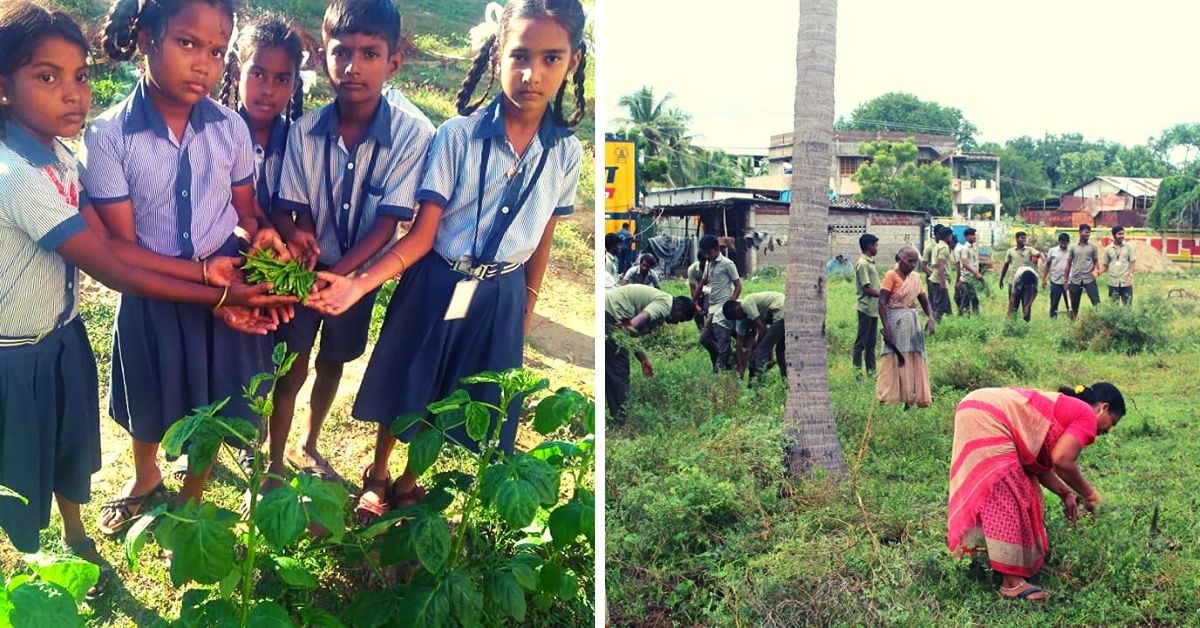
Understanding Impact
Raja credits the success to the combined efforts of various stakeholders who believed the project to be their own. A sense of ownership and willingness to bring about a change proved to be a huge booster for Karaikal and water reservoirs.
Their contributions were further validated by the late monsoon season that filled up some of the reservoirs.
One of their most impactful drives was in a small village called Poovam where farmers resumed agricultural activities after a gap of 15 years!
“This was the first time that the village was able to retain some percentage of Cauvery in the bunds they carved alongside the river. Plus, the groundwater also replenished, giving them sufficient water sources,” adds Raja.
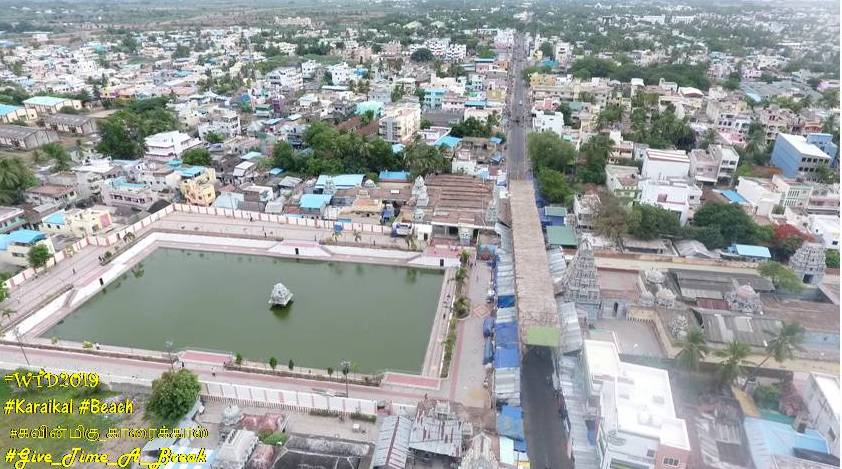
As per a Central Ground Water Board (CGWB) report, the groundwater tables have increased by 10 feet in Karaikal between 2018 and 2019, claims Raja.
The impact of the project had led to copious amounts of water flowing into the households and farmers’ fields.
While on the one hand, there is a sense of pride when he explains the impact, on the other hand, there is a pinch of sadness in his voice.
After serving the people of Karaikal for nearly three years as a sub-collector and DC and putting his heart and soul into the restoration project, Raja was transferred to be Secretary to Chief Minister Velu Narayanasamy a few days ago.
“As a District Collector life came a full circle for me. Nothing can be more satisfying and joyous than to see my people helping me accomplish such a difficult feat. Bringing back water conservation methods of the Chola dynasty was the cherry on the cake. The second phase of the project will begin after this year’s monsoon season and I am sure people will carry out the work with the same enthusiasm,” he signs off.
Also Read: Odisha IAS Works In Fields With Farmers, Peels Off Posters From Walls Himself
Featured image source: Aram IAS Academy/Facebook
(Edited by Saiqua Sultan)
Like this story? Or have something to share?
Write to us: [email protected]
Connect with us on Facebook and Twitter.
This story made me
- 97
- 121
- 89
- 167
Tell Us More
We bring stories straight from the heart of India, to inspire millions and create a wave of impact. Our positive movement is growing bigger everyday, and we would love for you to join it.
Please contribute whatever you can, every little penny helps our team in bringing you more stories that support dreams and spread hope.






